Poultry Coccidiosis: Associated Antibiotic Overuse and Effective Alternatives
Published: October 11, 2022
By: Vinayak Ingredients
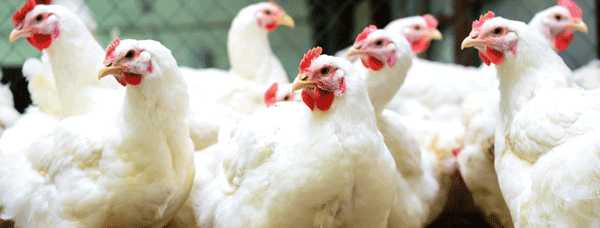
Coccidiosis represents a serious threat to the poultry industry, affecting production and causing high morbidity, mortality and significant costs resulting from treatment and prophylaxis. In-feed anti-coccidial has been used for decades for managing avian coccidiosis and were very effective until drug resistance emerged. The use of natural remedies has become a promising alternative in combating coccidiosis in chickens.
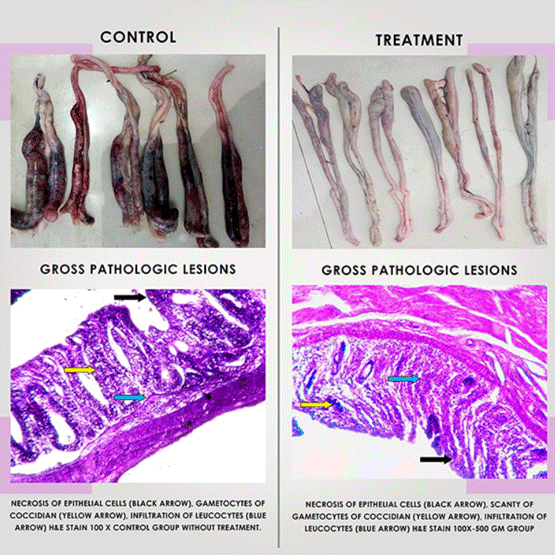
Industry losses
Coccidiosis is a self-limiting disease that is universally present in poultry operations, causing extensive damage to the intestinal lining of the bird. Global economic losses from coccidiosis are estimated to be $3 billion per year including poor growth performance, replacement of chicks, and medication. They are estimated to be ubiquitous in the environment of poultry operations globally, with approximately 5% prevalence of clinical coccidiosis and 20% prevalence of subclinical coccidiosis. Coccidiosis morbidity can be as high as 100%, mortality ranges from 0-50%.
Attempts to eradicate the disease have been unsuccessful; currently, coccidiosis programs largely rely on chemotherapy and immunoprophylaxis. But the development of drug resistance in strains in the field and the withdrawal period for these drugs prior to slaughter necessitate the exploration of alternative methods for controlling coccidiosis.
Coccidiostats
Coccidiostats can be grouped into two major classes: the polyether ionophore antibiotics (monensin, lasalocid, maduramycin, narasin, salinomycin, and semduramycin) and the nonpolyether ionophores (often referred to as synthetic compounds or chemicals).
Chemical anticoccidials have varying degrees of efficacy ranging from good to partial resistance, indicating its use should either be restricted or if possible be discontinued because in the near future development of resistance against these anticoccidial will be seen. The use of herbal products as an alternative to anticoccidial drugs may overcome the hazards caused by the chemical drugs. Generally, plant extracts do not have the problem of resistance and broilers fed on herbal feed additives were accepted well by the consumer.
To date, Eimeria strains have gained resistance to all known coccidiostats, and new anticoccidials are unlikely to be developed, mainly because of strict legislative regulations on the use of in-feed drugs and growing concerns in the general population about the chemical residues in poultry products. Over the past years, the consumption of poultry meat has grown consistently, especially because it represents a fairly cheap source of food with lower production costs and is accepted by all religions.
In addition, the compromised immune system and damaged intestinal passage become an easy target for secondary bacterial infections like Clostridium and Salmonella spp.
What is Coccidiosis?
Coccidiosis is a disease of the intestinal tract caused by microscopic parasites called Eimeria protozoa. It is a single cell microscopic parasite that enters the chick’s body by ingesting the parasite egg on the ground.
Coccidiosis is a parasitic disease caused by seven species of the genus Eimeria with different localizations within the intestinal tract of chickens. Eimeria acervulina, E. maxima and E. tenella are the most prevalent species in broilers in the intensive poultry management system.
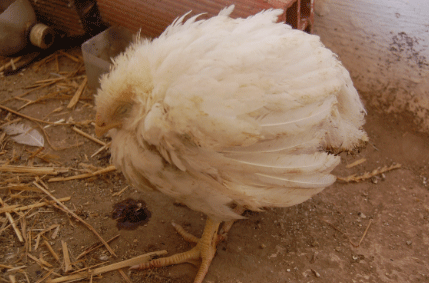
Nature of coccidiosis
Coccidia has many different stages occurring either within the bird host, or in the outside environment. Within the host, the parasite develops into an oocyst, which is then excreted in the bird droppings. In the environment (typically in the litter) and under optimal temperature and moisture conditions, this oocyst then develops into a sporulated oocyst. The sporulated oocyst can infect other chickens and is very resilient, often surviving in the environment for several months. The prepatent period, which includes parasite development and sporulation, is approximately 4–7 days. Although many infections are subclinical, clinical signs of coccidiosis typically include diarrhoea, decreased growth rate, decreased feed and water intake, decreased egg production, and increased mortality.
The parasite then multiplies in the intestine and is eventually expelled through the chick’s feces. At this point, other chicks will become infected when they accidentally ingest the Coccidia parasite. Chicks can all quickly become infected. Most often spread by bringing infected hens into your flock, or by wild birds. The coccidia parasite is nearly impossible to completely eradicate.
Coccidia multiplies best in warm, wet, dirty, overcrowded conditions and unfortunately nearly every chicken run contains trace amounts of the parasite. Fortunately, healthy adult chickens usually have strong enough immune systems that they won’t be affected.
What are the Symptoms of Coccidia/Coccidiosis?
It normally manifests itself in chicks through the following symptoms:
- Messy fluff around the vent
- Yellowish, foamy diarrhoea
- Bloody droppings
- Ruffled feathers
- Poor appetite
- Lethargy
- Standing alone with closed eyes
- Weight loss due to inability to absorb nutrients in food
- Eventual death
Even if a chick survives, permanent intestinal tissue damage often occurs. Since a chicken’s immune system is cantered in the intestine, survivors could have a compromised immune system for life.
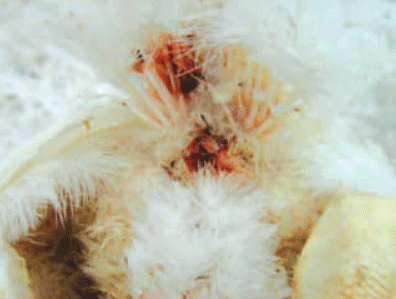
How Biococcin Works against Coccidiosis?
Biococcin is a holistic combination of phytochemicals with diverse mechanisms of action on multiple species of Eimeria. This active constituent suppresses the developmental stages in the lifecycle of Eimeria by several mechanisms, restricting the damage to intestinal cells and spread of the infection by several mechanisms mentioned below:
– Prevention of oocyst development
– Inhibition of sporulation
– Inhibition of oocyst wall
– Destruction of sporozoites in caeca
– Stabilizing intestinal structure and decreasing inflammation
– Stimulation of immune response and modulation
Furthermore, herbal extracts could improve recovery after coccidiosis. Flavonoids and other polyphenols have been reported to be responsible for most of the biological properties of the herbs, including the anticoccidial potential.
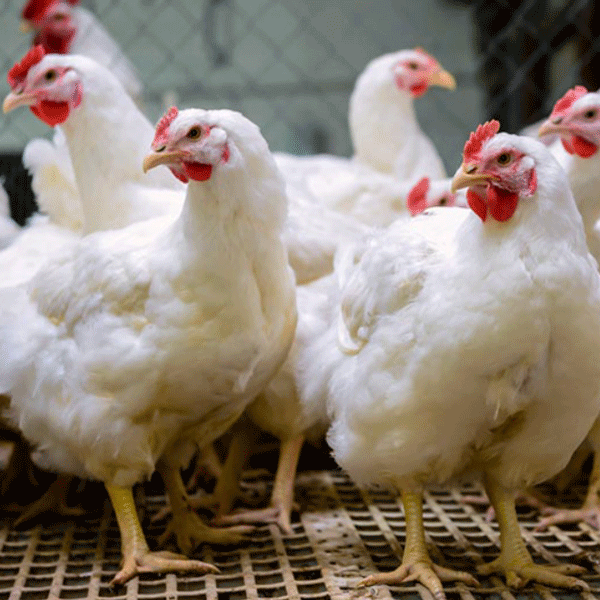
Benefits
– Supports recovery and minimizes losses caused by affected growth and FCR.
– Reduces mortality
– Reduces oocyst shedding
– Decreases intestinal inflammation and prompts healing
– Promotes immune response against multiple Eimeria sp.
– Prevents secondary bacterial attacks like Clostridium sp.
The composition includes pure phytocompound extracts from Holarrhena antidysenterica, Tinospora cordifolia, Allium sativum, and Cinnamomum camphora. The herbs have shown remarkable antiparasitic, antiprotozoal, antiseptic, anti-inflammatory, and antioxidant properties.
There is also a higher interest from the consumer in organic poultry production and a great demand for natural and healthier products. In this context, the use of natural remedies has become a promising alternative to anticoccidial drugs.
Related topics:
Recommend
Comment
Share

Would you like to discuss another topic? Create a new post to engage with experts in the community.



